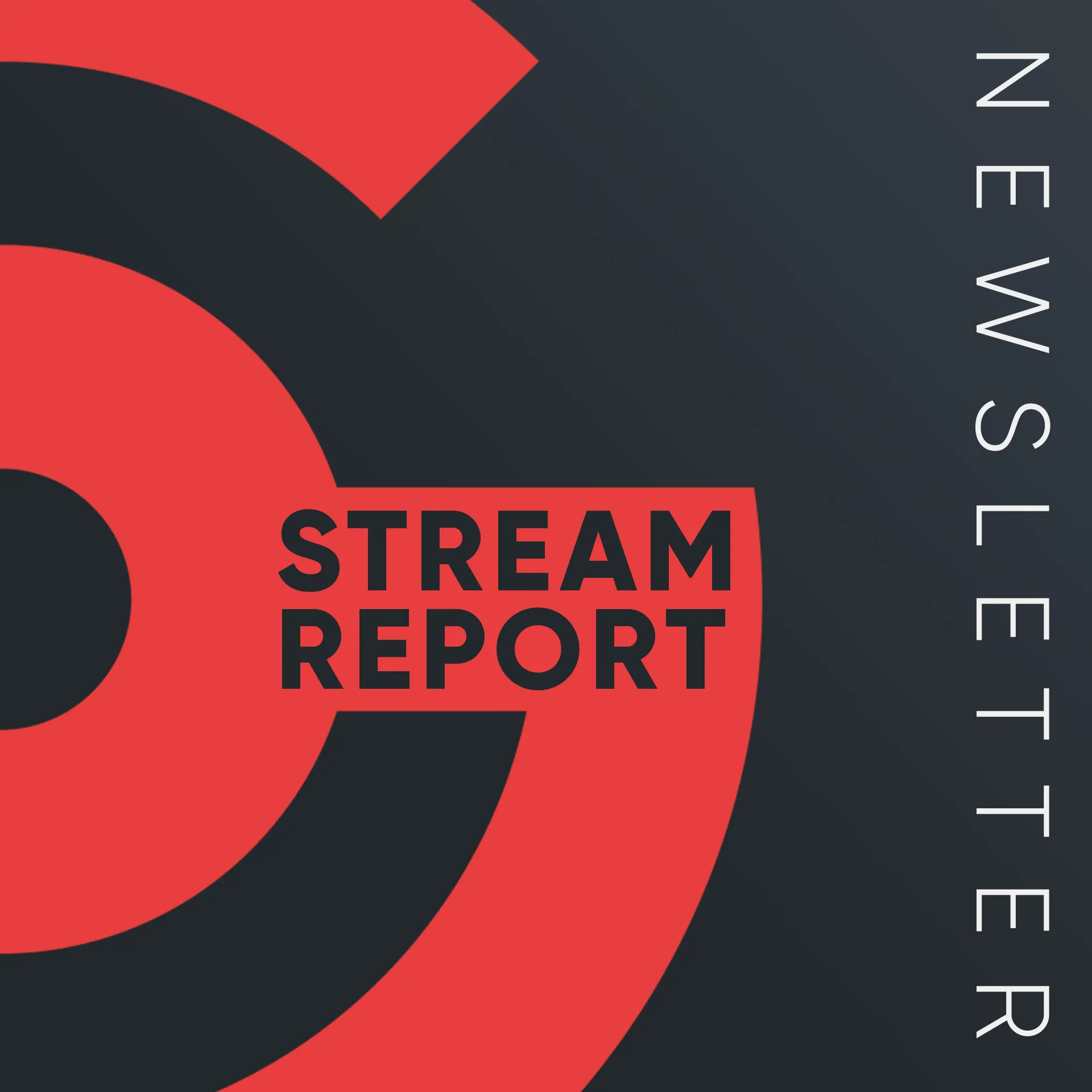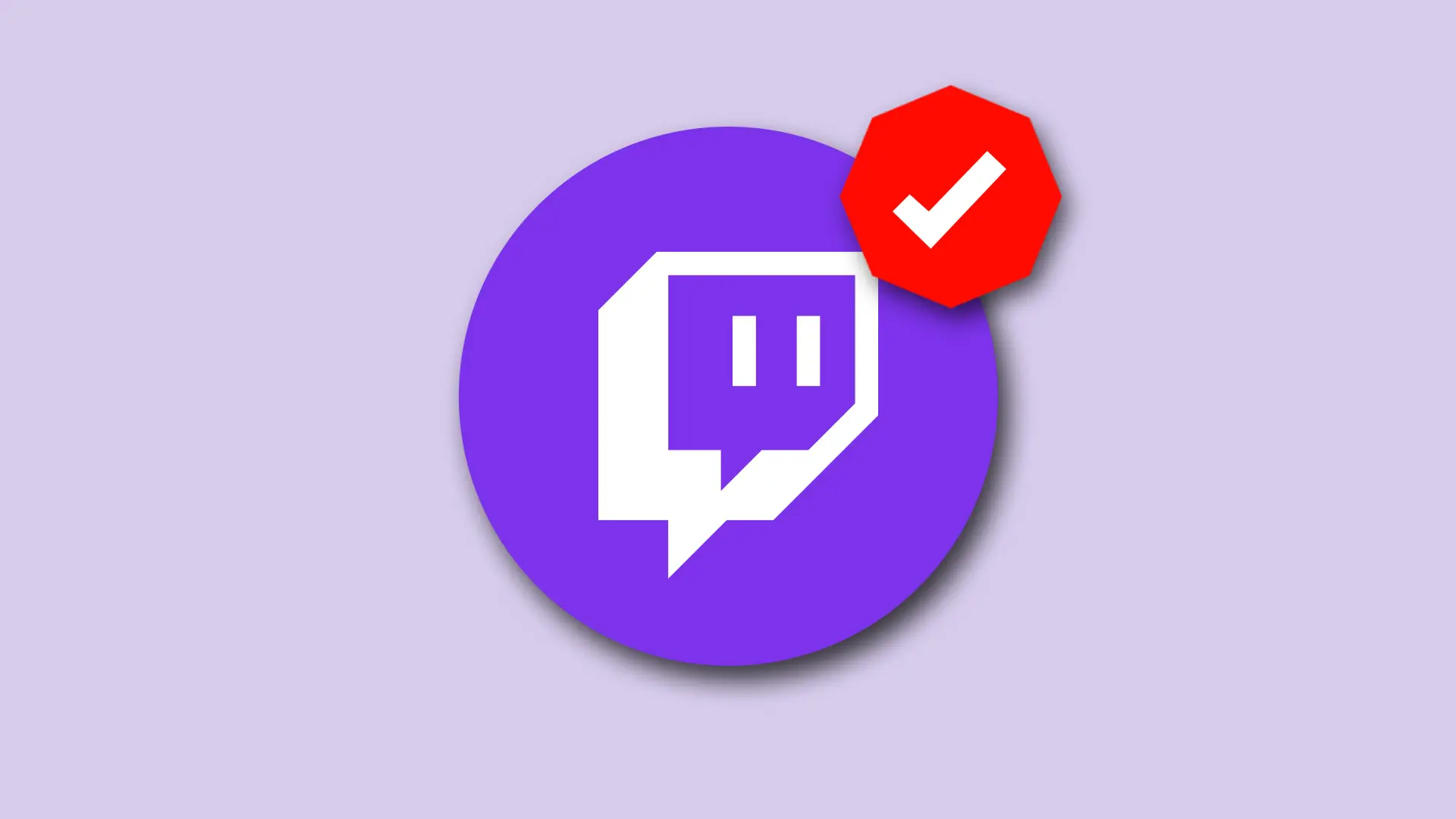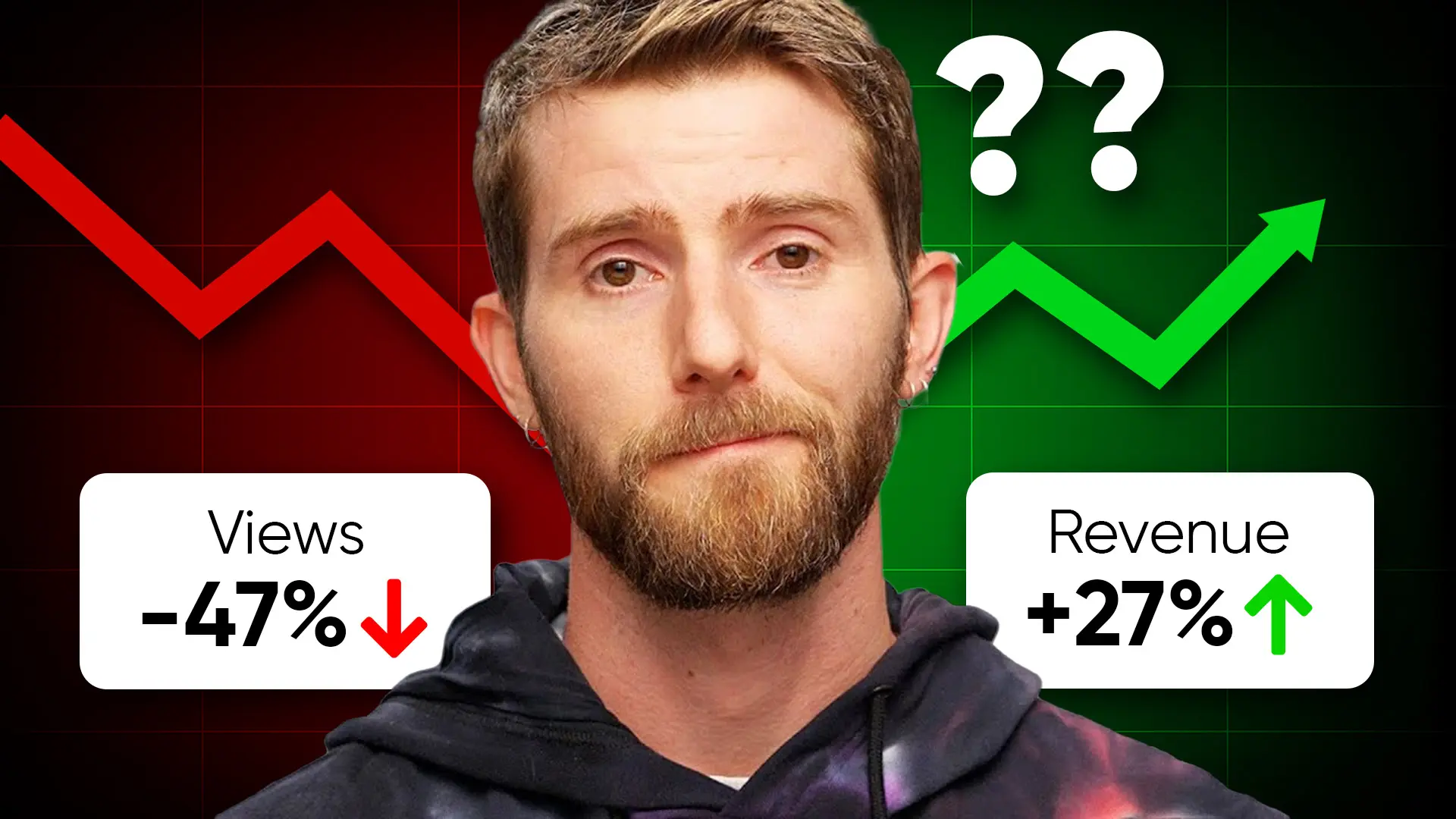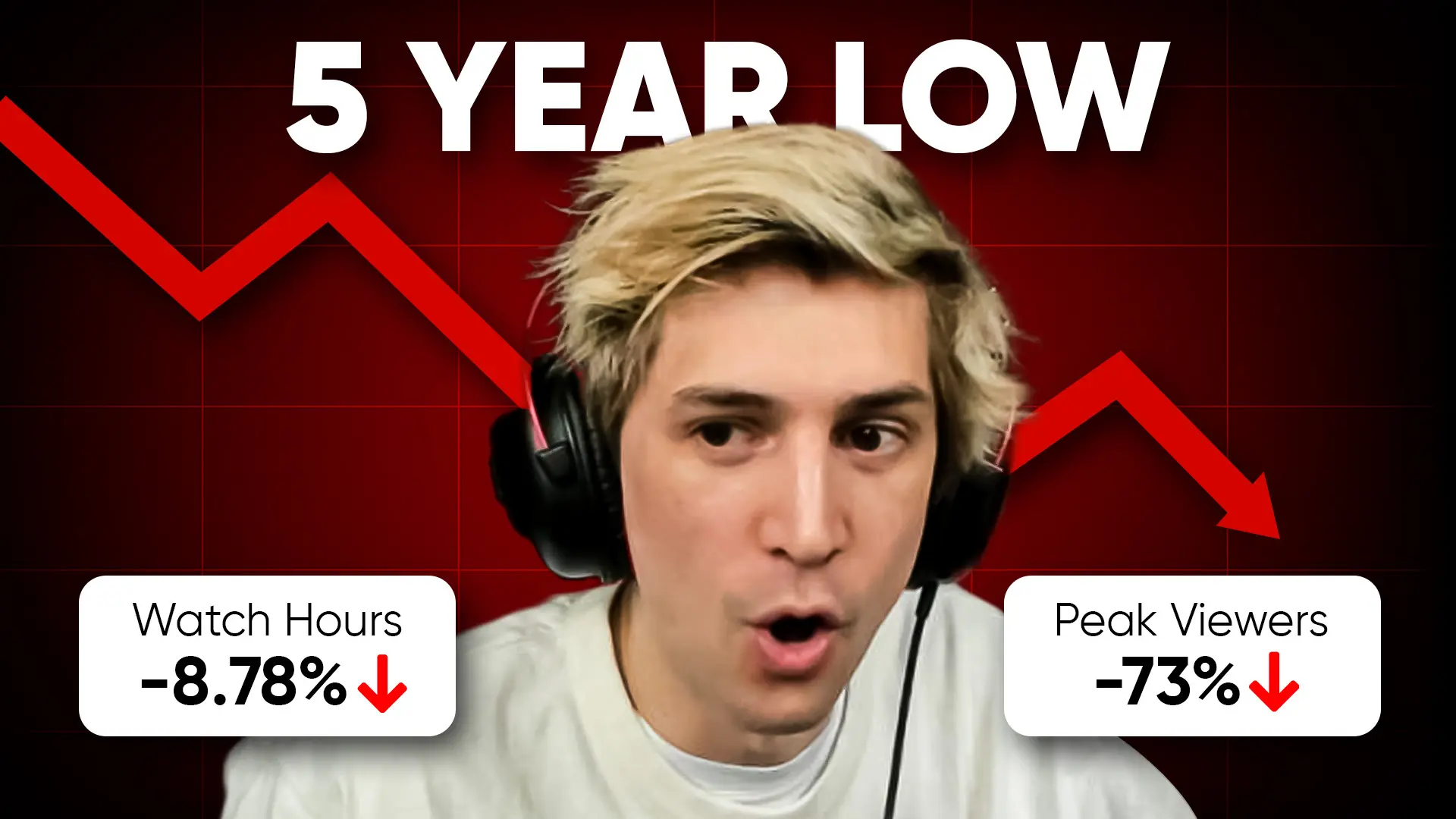6 Major Updates for Streaming on YouTube
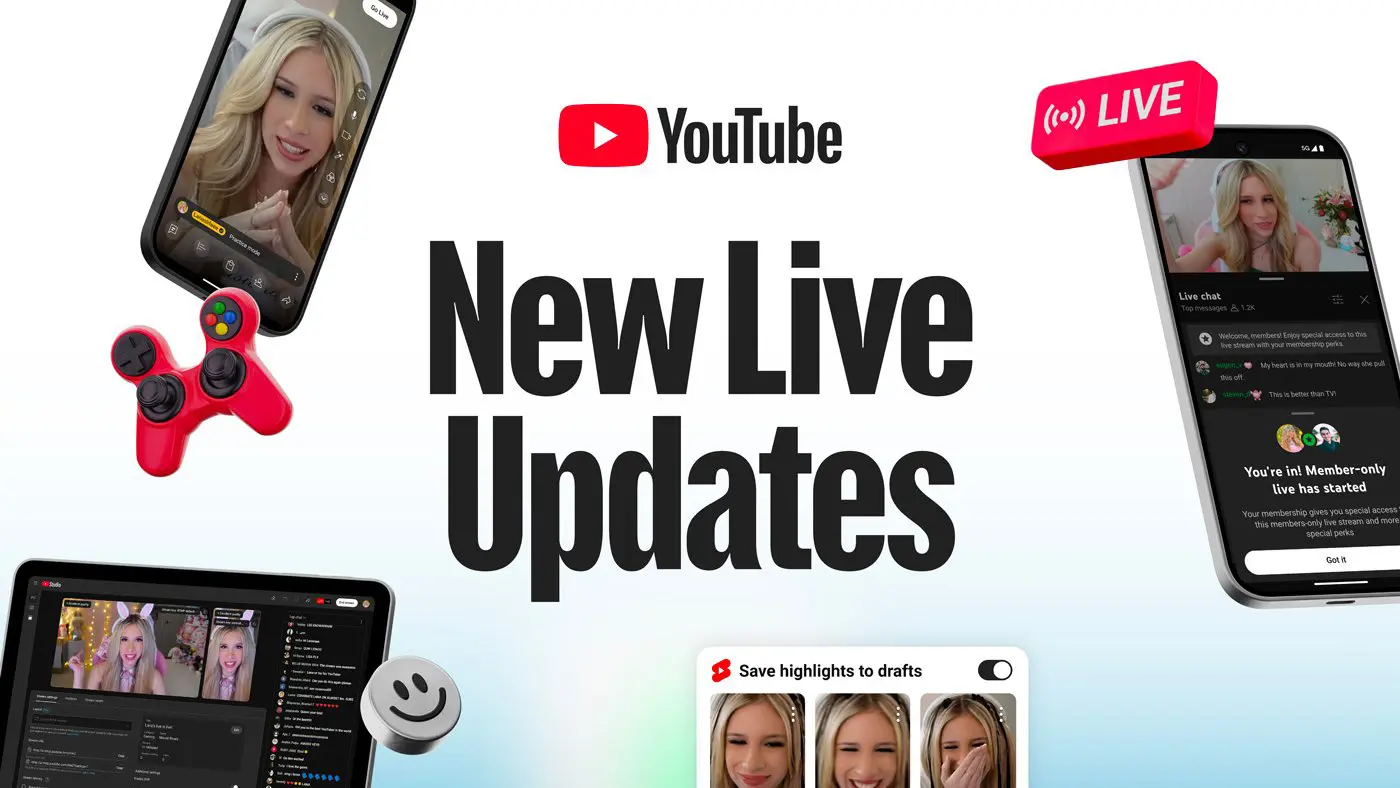
YouTube clearly wants to be taken seriously in livestreaming. With over 30% of daily logged-in users watching live content in Q2 2025 alone, they’re finally investing in features that address real creator pain points rather than just chasing trends.
Here are 6 livestreaming updates that could genuinely change how you create content:
Dual-Format Streaming with Unified Chat
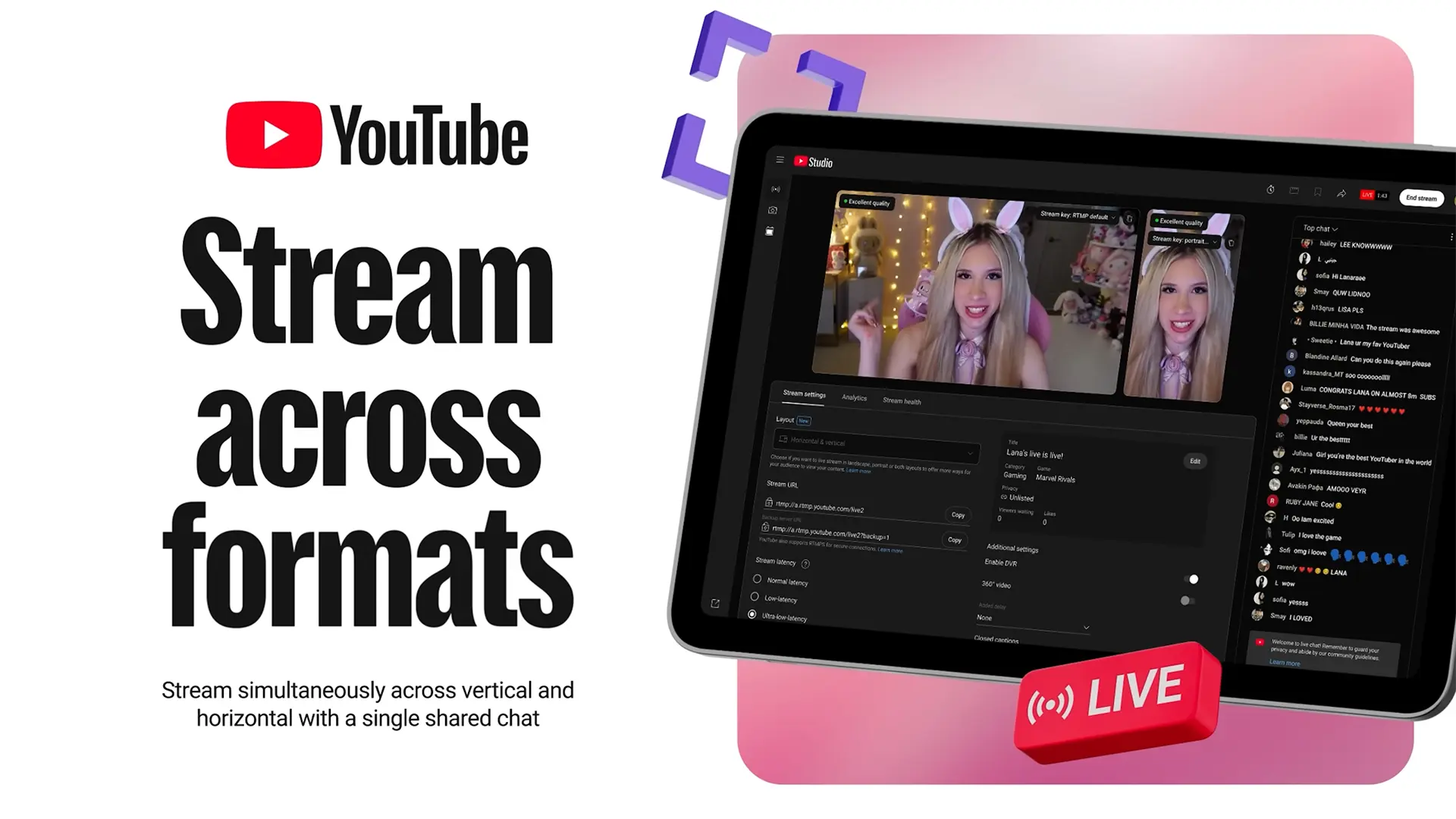
What it is: Stream simultaneously in horizontal and vertical formats with viewers from both orientations sharing the same chat room.
Why it matters: Both YouTube and Twitch are implementing this feature, which suggests there’s genuine value in the approach. The theory is solid: people scrolling through vertical content (including livestreams) might discover your stream and then transition to the full horizontal experience if they’re engaged.
When: Currently experimenting with select creators, expanding in coming months.
The unified chat is the key differentiator here – it prevents fragmenting your community across formats. It’ll be interesting to see if YouTube provides metrics showing what percentage of viewers transition from vertical discovery to horizontal viewing. That data could prove whether this actually improves discoverability or just splits attention.
AI-Powered Highlights from Livestreams
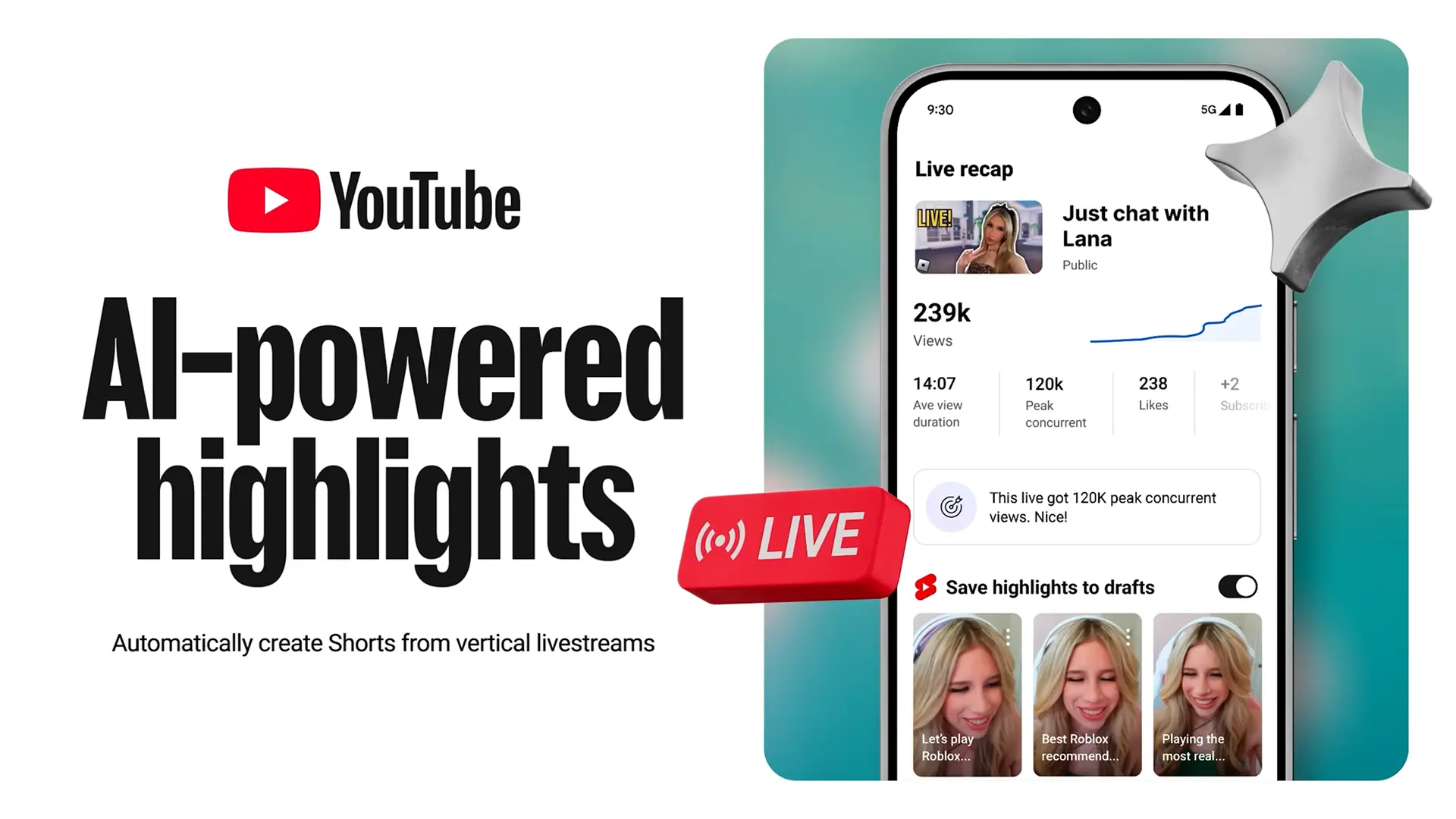
What it is: AI automatically identifies compelling moments from your livestream and creates ready-to-share Shorts for you to review and publish.
Why it matters: There are already dozens of platforms claiming to do this for live content, and honestly, I’ve always been disappointed by the results. But the technology is only getting better, and combined with YouTube’s other AI announcements for content creation, these might actually start producing usable highlights.
When: Available for all mobile creators in the next few weeks.
The key question is whether YouTube includes proper editing tools. Being able to make simple changes to AI-generated highlights – adjusting cuts, modifying captions, repositioning vertical framing – could make the difference between useful and not. Automated highlight creation has massive potential if it’s executed well.
Public to Members-Only Livestreams
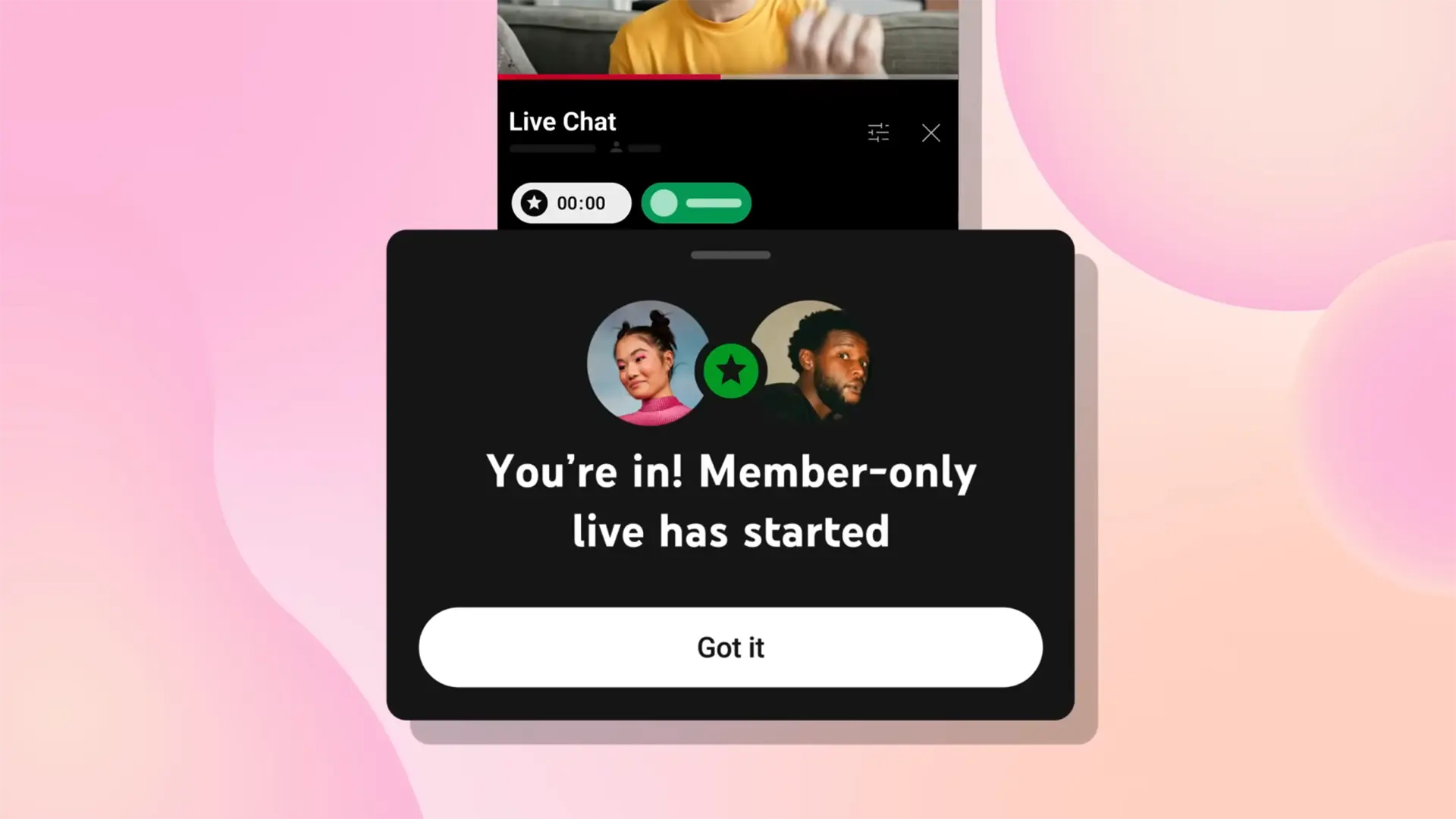
What it is: Seamlessly transition from a public stream to members-only content without ending the broadcast.
Why it matters: Great for encouraging support from your audience. Begin with a public stream to draw in viewers, then switch to special content just for members, like games with viewers or Q&A sessions. This way, non-members get a glimpse of the premium perks, while paying supporters feel appreciated.
When: Rolling out now, available to all creators with channel memberships in coming weeks.
The more perks you can give to channel members, the better. This feature encourages viewers to join as members as the stream transitions to members-only.
React Live to Content
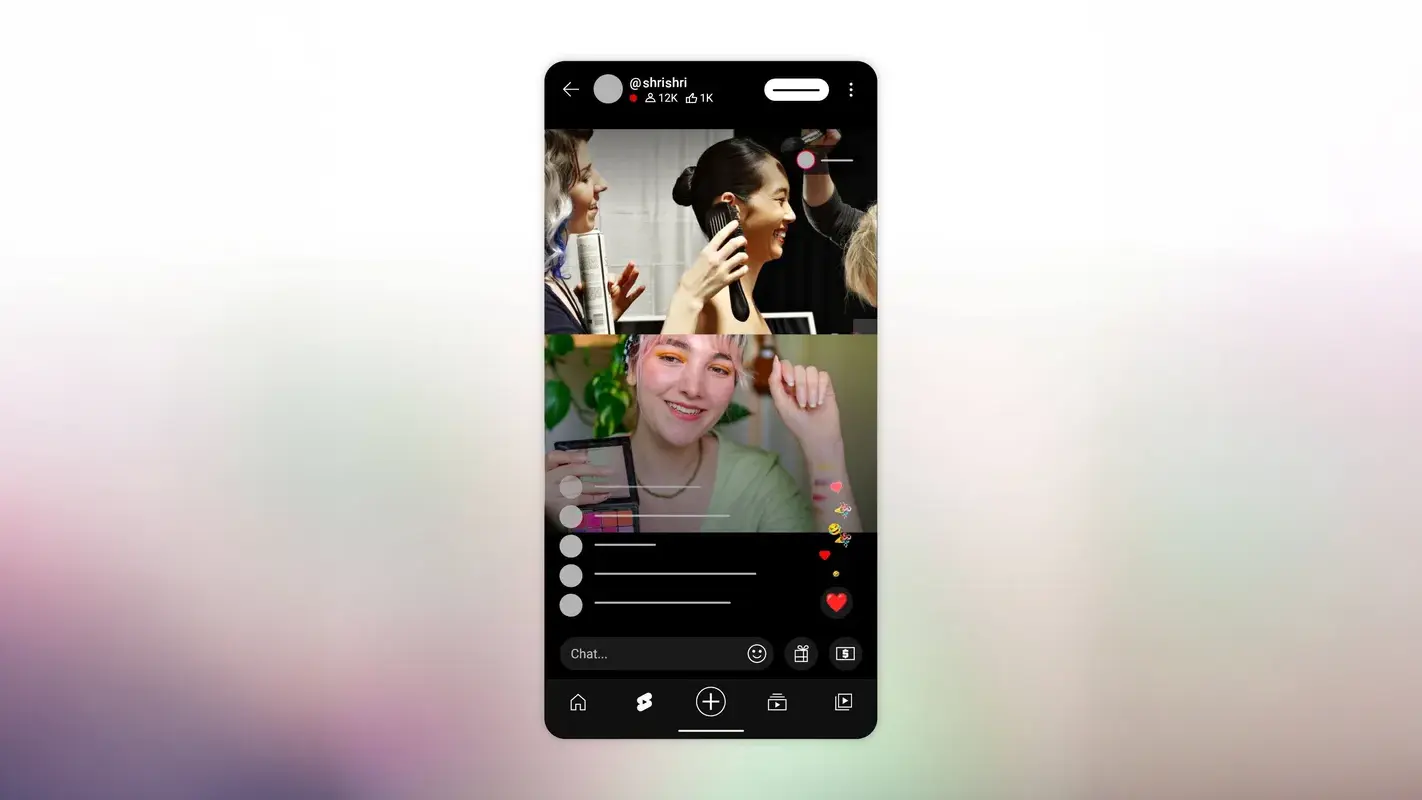
What it is: Start a vertical mobile livestream while watching other live content on YouTube, essentially creating reaction streams.
Why it matters: React content has always been controversial for livestreamers, so it’ll be interesting to see how YouTube implements this and what live content becomes available for reactions. The mobile-only limitation suggests this is targeting a different audience than traditional desktop streaming.
When: Testing starts early next year.
I suspect this will eventually expand to horizontal streams and non-live content – imagine being able to watch YouTube videos with your live audience in a controlled way where the video creator is also credited.
Practice Before Going Live
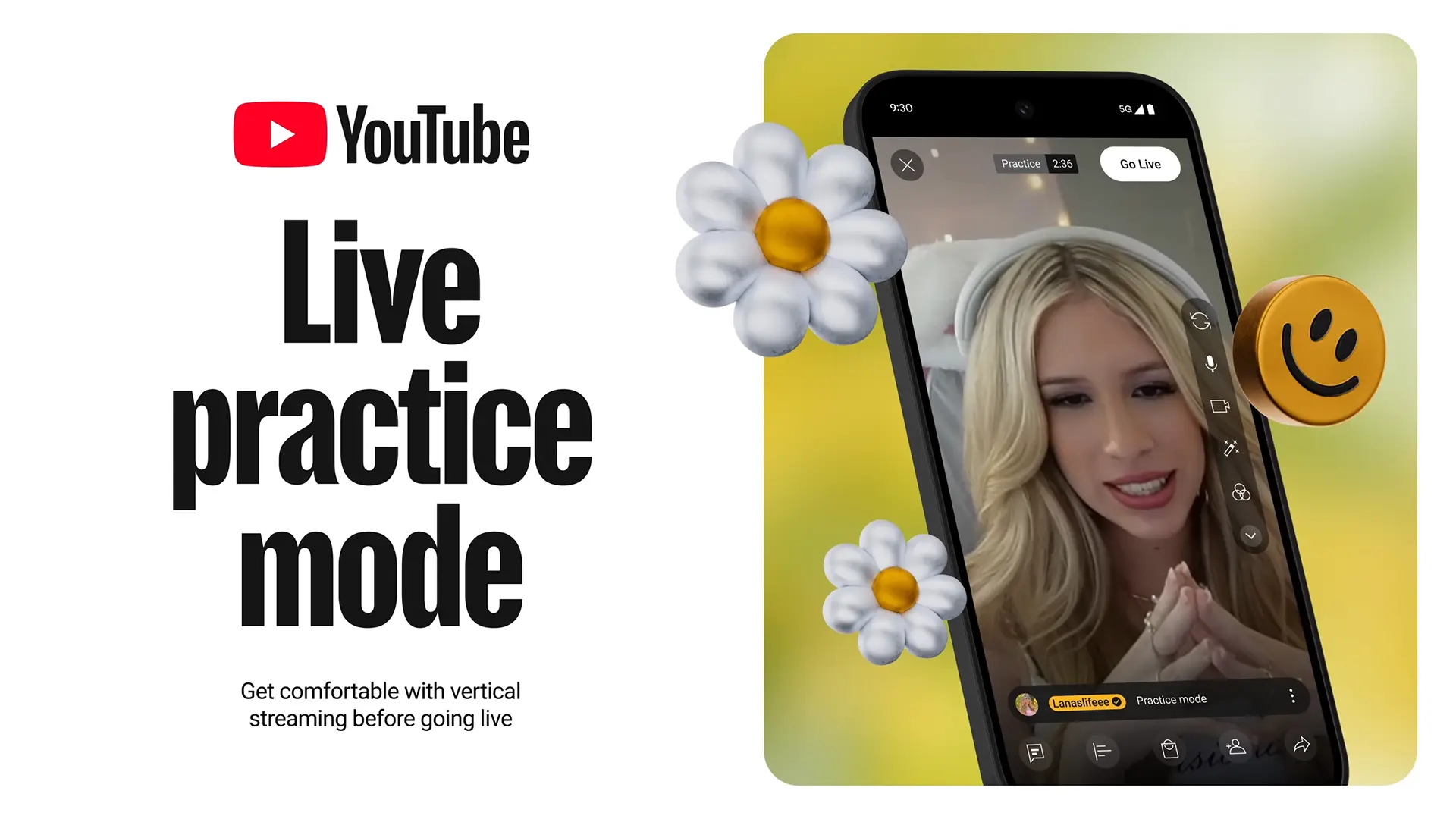
What it is: A private practice mode where new creators can test their setup and get comfortable before going live.
Why it matters: Going live for the first time is genuinely nerve-wracking. This removes the pressure of having an audience watching you figure out your streaming setup or test your audio levels. You can even simulate chat interactions to get comfortable with managing live engagement.
When: Rolling out later this year for mobile creators.
It’s a small feature that could significantly lower the barrier for creators hesitant to try livestreaming. Starting with mobile makes sense since that’s likely where most new streamers will experiment first, though hopefully this rolls out to desktop streams too – being able to check things like audio levels from OBS without going live would be useful.
Side-by-Side Ads for Livestreams
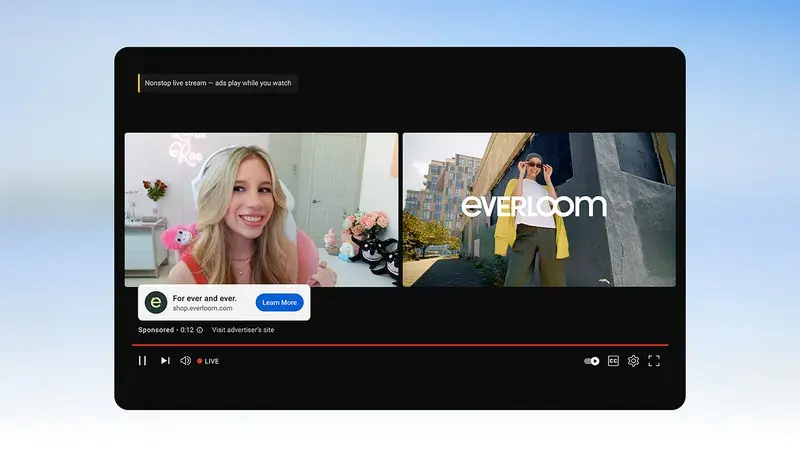
What it is: Less intrusive ad format where ads appear alongside your stream rather than interrupting it entirely.
Why it matters: While viewers never want more ads, I’m not going to complain about streamers having more earning opportunities without harsh interruptions. The key will be whether creators get proper controls and visibility into when ads are running.
When: Available on desktop and TV now, expanding to mobile later this year.
Since this is already rolling out on desktop and TV, we should see pretty quickly how well it works in practice.
Beyond Live: The Other Notable Updates
YouTube’s non-livestreaming announcements included plenty worth knowing about:
• Collaborations in Studio: Add up to five collaborators to videos with shared audience exposure and individual subscribe buttons. The uploading creator keeps all monetization, but analytics can be shared between collaborators. Rolling out globally in the next couple of weeks.
• A/B Testing for Titles: Test up to three different title and thumbnail combinations to optimize performance. Available globally before year-end.
• Ask Studio: Conversational AI partner in YouTube Studio for analytics insights and content inspiration. US rollout in coming weeks.
• Dynamic Brand Segments: Insert and remove sponsored segments from videos after publication, allowing you to resell ad slots or remove expired promotions. Testing early next year.
• Auto-Dubbing with Lip Sync: Enhanced version of auto-dubbing that visually aligns speakers’ lips with dubbed languages. Currently in limited testing.
It’s great to see YouTube still putting so much effort into live content – it’s clearly a format they care about. Every improvement they make puts more pressure on Twitch to innovate and improve their own platform.
For creators currently focused on Twitch, this represents YouTube’s most serious attempt yet to compete in livestreaming. Whether it’s enough to change the landscape remains to be seen, but it’s clear YouTube is not treating live content as an afterthought.
Pete’s Content Corner
Delve into my weekly selection of content creation highlights – handpicked videos, podcasts, and tweets that promise to captivate, educate, and entertain.
- YouTube responded to widespread creator concerns about dropping viewership (which we covered last week), clarifying that Restricted Mode isn’t the culprit. Instead, they point to various factors including ad blockers potentially affecting view count accuracy.
- Discord is rolling out end-to-end encryption to all platforms by March 1st, 2026. After that date, any clients or apps without DAVE protocol support won’t be able to join voice calls, completing their transition from last year’s experimental rollout.
- Twitch is implementing facial age verification in select regions using on-device scanning technology to comply with local laws. The process analyzes your face entirely on your device without storing the data, though it’s mandatory for affected users.
Thanks, as always, for taking the time to read Stream Report.
Pete ✌️


